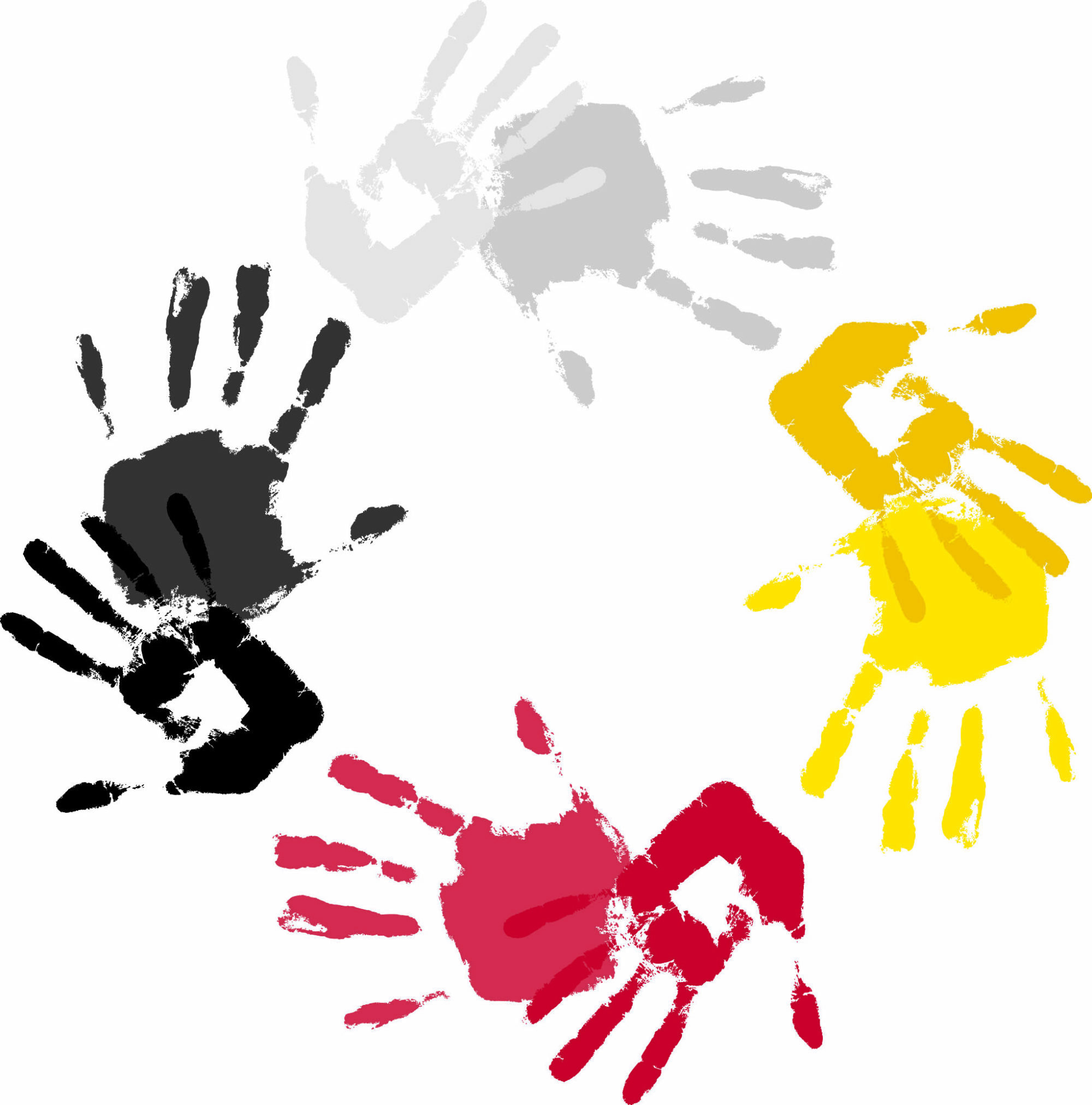My teaching philosophy acknowledges all ways of knowing and being and understands that they are all valid. It’s important to understand different perspectives, so we can develop well rounded individuals of society that have openness, empathy, and equality amongst each other in the classroom and the community. By doing this we create a safe and inclusive space where the students can express and learn from one another in a good way.
Description related to my teaching philosophy and a quote by Honourable Murray Sinclair on the home page.
Honourable Murray Sinclair’s (2020) quote stating, “education got us into this mess and education will get us out of it,” hits close to home and fits great with my teaching philosophy. We must Walking in Two Worlds (Indigenous and Western) when we teach in what we now call Canada. When we consider the horrific past of residential schools and trying to “kill the Indian in the child” (Indigenous Foundations, 2009), I feel an inherent need, like my Ancestors, to advocate for our youth and contribute to creating space that upholds our rights and access to Indigenous education. Education is our path towards reconciliation. When I think of Sinclair’s quote and our education system, we must understand both ways of knowing and being equally to move forward collaboratively in a good way. In my classroom, I want to be able to change the stereotypes and broaden our typical Western lens of Indigenous knowledge, perspectives, and issues. I believe that my Indigenous experience will also lend itself to further be an asset, one in which students can relate, by feeling supported, valued and see themselves being inspired to become citizens who Walk in Two Worlds.
A great way to implement the Walking in Two Worlds concept would be to use, Re Skú7pecen re Stseptékwll (The Story of Porcupine); talking about how the Bird and Deer people couldn’t see eye to eye, where the winged people were trying to walk on all fours and vice versa, and this made them both pitiful. The telling will help them understand that we are all different and unique, but we must still learn from one another. The telling also serves as the foundation of reconciliation, informing how to walk in two worlds and bring together the two different ways of knowing and being so that we can learn from each other and live as equals in peace and prosperity. However, we cannot stop there, we must acknowledge all ways of knowing and being and understand that they are valid. It is important to understand different perspectives, so we can develop well rounded individuals of society that have openness, empathy, and equality amongst each other in the classroom and the community. I am committed to creating a safe and inclusive space where the students can express and learn from one another.
References:
Indigenous Foundations. (2009). The Residential School System. https://indigenousfoundations.arts.ubc.ca/the_residential_school_system/
Sexwélecken. Skú7pecen re Stseptékwll. (1900). Teit, James.
The National Centre for Collaboration in Indigenous Education. (2020). Reconciliation and NCCIE: Shining a Light on Education for Reconciliation. https://www.nccie.ca/reconciliation-and-nccie/
